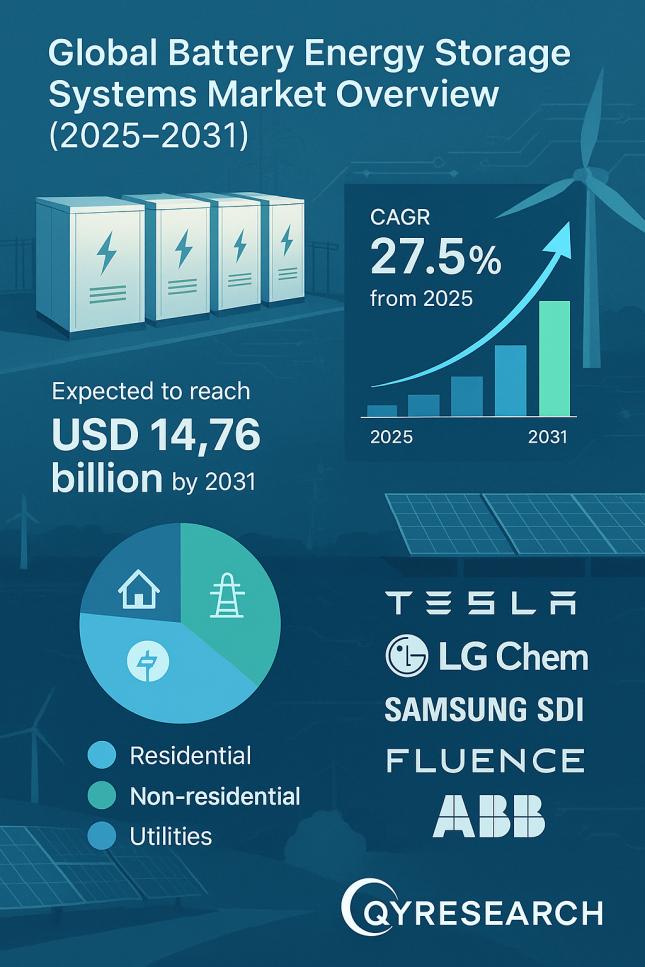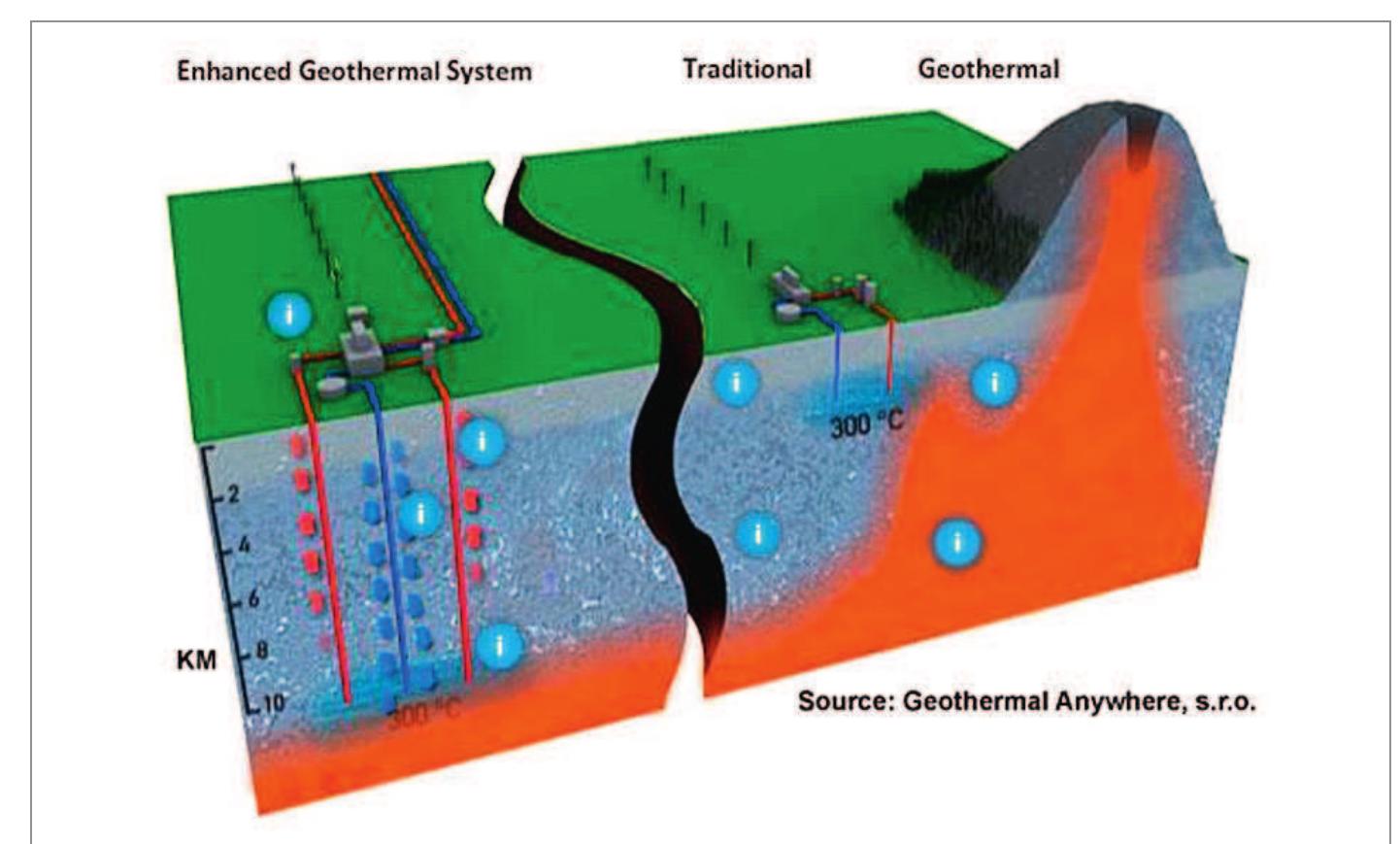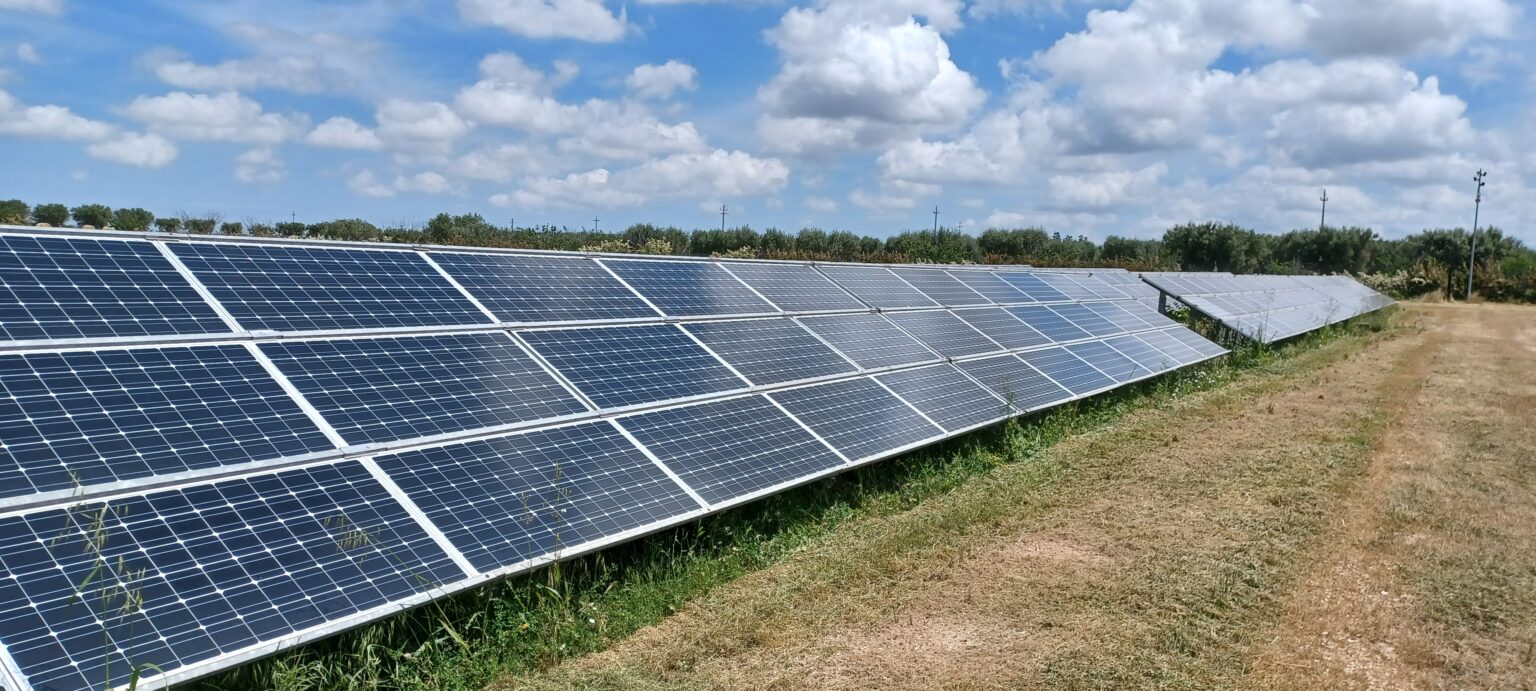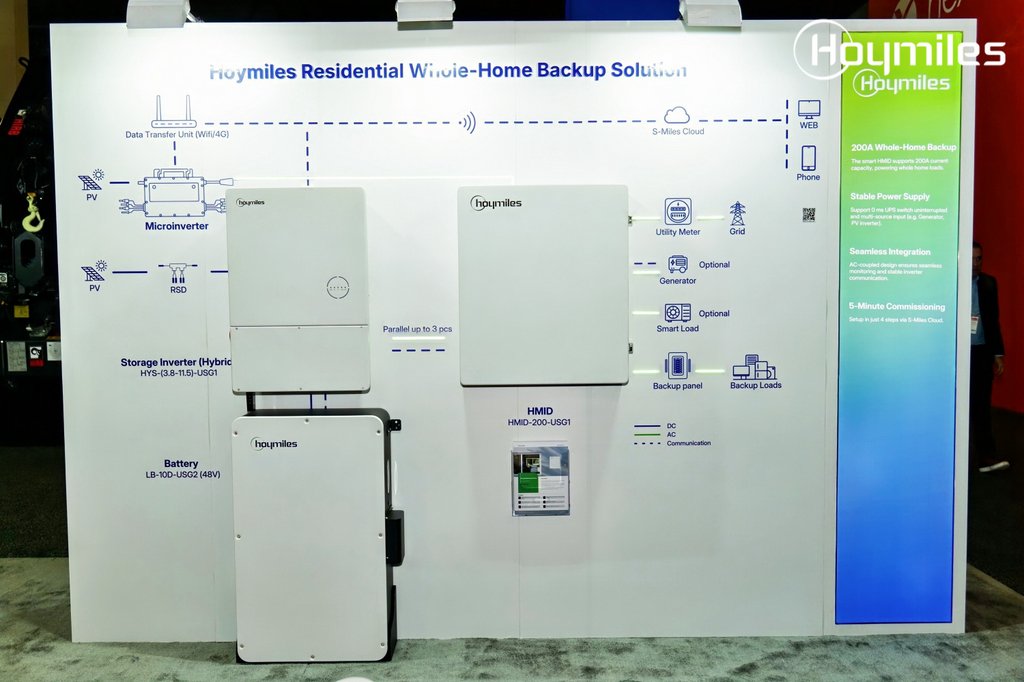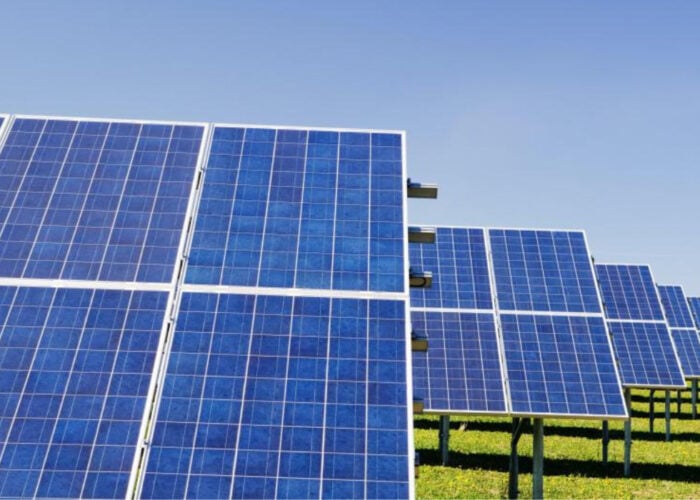Report on the Huadian Xinjiang Kashgar Battery Storage Project and its Contribution to Sustainable Development Goals
Executive Summary
- On July 19, the first phase of China’s largest standalone battery energy storage project was commissioned in Kashgar, Xinjiang. The project is a critical piece of infrastructure designed to advance the nation’s transition to a sustainable energy future, directly supporting several key United Nations Sustainable Development Goals (SDGs).
Key Project Details
- Project Name: Huadian Xinjiang Kashgar Standalone Battery Energy Storage Project
- Location: Kashgar, Xinjiang, China
- Phase 1 Capacity: 500 MW / 2 GWh (four-hour storage)
- Total Investment: Approximately CNY 1.6 billion ($222.9 million)
- Physical Footprint: 119,000 square meters
Alignment with Sustainable Development Goals (SDGs)
SDG 7: Affordable and Clean Energy
- The 2 GWh facility enhances grid stability, enabling the large-scale integration of intermittent renewable energy sources like solar and wind.
- It directly contributes to increasing the share of renewable energy in the national grid, a core target of SDG 7.
- By storing energy during low demand and releasing it during peak demand, the project improves the affordability and reliability of clean power for communities.
SDG 9: Industry, Innovation, and Infrastructure
- This project represents a major investment in sustainable and resilient energy infrastructure, crucial for modern industrial development and economic growth.
- The use of advanced Lithium Iron Phosphate (LFP) technology and an innovative split-inverter system showcases technological leadership and innovation in the energy sector, aligning with SDG 9’s focus on upgrading infrastructure.
SDG 13: Climate Action
- As a key enabler for renewable energy, the battery storage plant is instrumental in decarbonizing the power sector.
- It facilitates a reduction in reliance on fossil fuel-based power generation, thereby contributing significantly to mitigating climate change and reducing national greenhouse gas emissions.
Technical Specifications and Innovation
System Composition
- Energy Storage Units: The facility is comprised of 100 Lithium Iron Phosphate (LFP) battery units, described as the largest LFP project of its kind in the country.
- Inverter Technology: A novel split approach is employed, with 50% of the systems using grid-forming inverters and 50% using grid-following inverters to optimize grid interaction and stability.
- Grid Integration: The plant is connected to the regional power grid via a 220 kV transmission line linked to the Kashgar 750 kV substation, ensuring efficient power distribution.
Strategic Importance and Future Outlook
National Significance
- The project is currently the largest standalone battery energy storage system in China.
- It serves as a benchmark for future large-scale energy storage deployments necessary for achieving national carbon neutrality goals and advancing the global clean energy transition.
Future Development
- The commissioned 500 MW / 2 GWh plant constitutes the first phase of the mega-project.
- A planned second phase will double the project’s capacity to a total of 1 GW / 4 GWh, further amplifying its contribution to regional energy security and the Sustainable Development Goals.
Which SDGs are addressed or connected to the issues highlighted in the article?
-
SDG 7: Affordable and Clean Energy
The article focuses on a large-scale battery energy storage project. Such projects are critical for stabilizing the electricity grid and enabling the integration of intermittent renewable energy sources like solar and wind. By storing excess energy and releasing it when needed, the 2 GWh facility supports a more reliable and clean energy system.
-
SDG 9: Industry, Innovation, and Infrastructure
The project represents a significant investment in modern, resilient, and sustainable energy infrastructure. The article highlights the scale (“largest standalone battery energy storage project”), the investment (“CNY 1.6 billion”), and the innovative technology (“grid-forming inverters” and “lithium iron phosphate (LFP) energy storage units”), all of which are central to SDG 9.
-
SDG 11: Sustainable Cities and Communities
By enhancing the stability and capacity of the regional grid (“connected to the Kashgar 750 kV substation”), the project ensures a more reliable power supply for communities and industries in the Kashgar region. This contributes to making human settlements more sustainable by supporting the transition to cleaner energy sources.
-
SDG 13: Climate Action
Large-scale energy storage is a key strategy for climate change mitigation. By facilitating a greater share of renewables in the energy mix, the battery storage plant helps reduce dependence on fossil fuels for electricity generation, thereby contributing to the reduction of greenhouse gas emissions.
What specific targets under those SDGs can be identified based on the article’s content?
-
SDG 7: Affordable and Clean Energy
- Target 7.2: By 2030, increase substantially the share of renewable energy in the global energy mix. The battery storage project directly enables this by solving the intermittency problem of renewables, allowing more of them to be added to the grid.
- Target 7.b: By 2030, expand infrastructure and upgrade technology for supplying modern and sustainable energy services. The construction of a 2 GWh battery plant using advanced LFP technology is a direct example of expanding and upgrading energy infrastructure.
-
SDG 9: Industry, Innovation, and Infrastructure
- Target 9.1: Develop quality, reliable, sustainable and resilient infrastructure… to support economic development and human well-being. The project is described as a major piece of energy infrastructure designed to ensure grid integration and reliability.
- Target 9.4: By 2030, upgrade infrastructure and retrofit industries to make them sustainable… with greater adoption of clean and environmentally sound technologies. The battery plant is a clean technology that upgrades the entire energy infrastructure, making it more sustainable.
-
SDG 13: Climate Action
- Target 13.2: Integrate climate change measures into national policies, strategies and planning. The development of such a large-scale project (“China’s largest standalone battery energy storage project”) indicates the integration of climate action strategies, such as decarbonizing the power grid, into national and regional planning.
Are there any indicators mentioned or implied in the article that can be used to measure progress towards the identified targets?
Yes, the article provides several specific, quantifiable data points that can serve as indicators:
- Installed capacity of energy storage: The article explicitly states the project has a capacity of “500 MW/ 2 GWh” in its first phase, with plans to double to “1 GW/4 GWh”. This is a direct indicator of the expansion of infrastructure (Target 7.b) and adoption of clean technology (Target 9.4).
- Investment in sustainable energy infrastructure: The article mentions a “total investment of approximately CNY 1.6 billion ($222.9 million)”. This financial figure is a clear indicator of the resources being allocated to develop sustainable infrastructure (Target 9.1).
- Adoption of specific clean technologies: The mention of “100 lithium iron phosphate (LFP) energy storage units” and the use of “grid-forming inverters” serves as a qualitative and quantitative indicator of the adoption of modern, clean energy technologies (Target 9.4).
- Scale of clean energy projects: The description of the project as “China’s largest standalone battery energy storage project” is an indicator of the scale and commitment to integrating climate change measures into national planning (Target 13.2).
SDGs, Targets, and Indicators Analysis
| SDGs | Targets | Indicators |
|---|---|---|
| SDG 7: Affordable and Clean Energy | 7.2: Increase substantially the share of renewable energy in the global energy mix. | Installed capacity of battery energy storage to enable renewable integration: 2 GWh (expandable to 4 GWh). |
| SDG 7: Affordable and Clean Energy | 7.b: Expand infrastructure and upgrade technology for supplying modern and sustainable energy services. | Power capacity of new sustainable infrastructure: 500 MW. |
| SDG 9: Industry, Innovation, and Infrastructure | 9.1: Develop quality, reliable, sustainable and resilient infrastructure. | Investment in resilient energy infrastructure: CNY 1.6 billion ($222.9 million). |
| SDG 9: Industry, Innovation, and Infrastructure | 9.4: Upgrade infrastructure… with greater adoption of clean and environmentally sound technologies. | Adoption of clean technology: 100 lithium iron phosphate (LFP) energy storage units. |
| SDG 13: Climate Action | 13.2: Integrate climate change measures into national policies, strategies and planning. | Scale of implemented climate mitigation projects: Commissioning of the “country’s largest standalone battery storage project”. |
Source: pv-magazine.com


